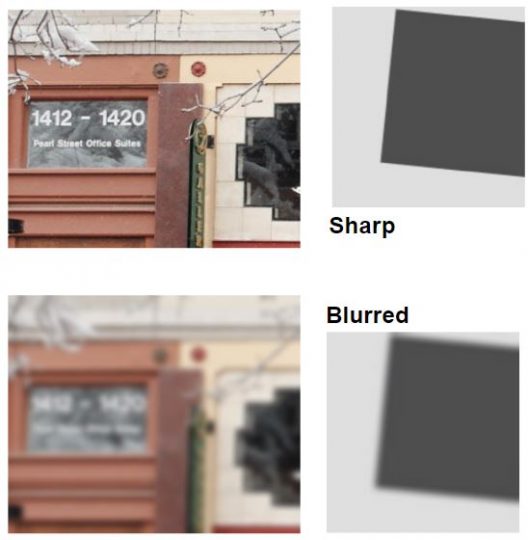

IBM, the IBM logo, and ibm.com are trademarks of International Business Machines Corp., registered in many jurisdictions worldwide. The total complexity is therefore at least O ( W H ) = O ( 2 n ). However, the coefficient in this case may be very high, depending on the accuracy required. Finally, for the sampling the process must be repeated enough times to sample the probabilities of each pixel with sufficient accuracy, which has a complexity of at least O ( W H ) = O ( 2 n ) for any sensible choice of accuracy. The rx blur, for example, can be implemented with the simultaneous application of rx, and so an O ( 1 ) time complexity (and O ( n )) space. For the blur circuit, the complexity will depend on the complexity of the circuit. Typically this is a time complexity, though alternatives exist which place the burden on space complexity Araujo et al. Since there are W H values to be encoding, this circuit requires at least an O ( W H ) = O ( 2 n ) complexity in some form Iten et al. For the first, a quantum circuit needs to be constructed that will prepare the initial state on the device. The x axis coordinates are labelled in the same way from left to right.įor running on real quantum hardware, there are three parts to consider: preparation of the state, running the blur circuit and sampling the output. The bit string coordinates are shown for each y axis value at the bottom. Figure 3: The process of creating an ‘I’ using quantum gates, as explained in the text. This completes the image, as shown in Fig. For a suitably chosen angle for step (e), all points will be brought to equal brightness. Note that the amplitude of these is then spread out over more points. Using y − 1 as control and x − 2 as target, this will extend only the upper and lower bars, as required. This applies the rx rotation to the target qubit only when the control is in state | 0 ⟩. The desired effect can therefore be applied by a crx gate, a controlled rx, conjugated by x gates on the control qubit. The parts in question are all such that qubit y − 1 should be in state | 0 ⟩. To extend only the upper and lower, the rotation must be applied such that it only addresses the correct parts of the image. However, note that this would extend all the bars. The can be done by a π / 2 rx rotation on x − 2.

The adaptive schedule of rotation angles is explained in section VI.įinally, a reflection must be applied to extend the upper and lower bars. The ‘dim’ results are the same but for simulations with limited entanglement, as explained in Section V. For ‘rx’, the same rotation angle is applied to all qubits. The parameter ξ is the fraction of a 2 π rotation applied in the rotations. The blur effects used here are the box blur, gaussian filtering and median filtering implemented by OpenCV Bradski ( 2000) Iv The Role of Superposition Figure 2: Difference to original, asymmetry and detail for a quantum blur implemented with rx rotations on each qubit and an incoherent analogue of quantum blur. Figure 1: Difference to original, asymmetry and detail for various conventional blurs when applied to a 128 × 128 monochrome version of the ‘sailboat on lake’ USC-SIPI test image. The two measures of detail are found to behave very similarly under such blurs. As one would expect, the difference between the blurred image and original image also increases.

In these results we see that both the asymmetry and detail decrease significantly. 1 shows the behaviour of classical blur effects, where the strength of the blur is increased by increasing the kernel size.


 0 kommentar(er)
0 kommentar(er)
